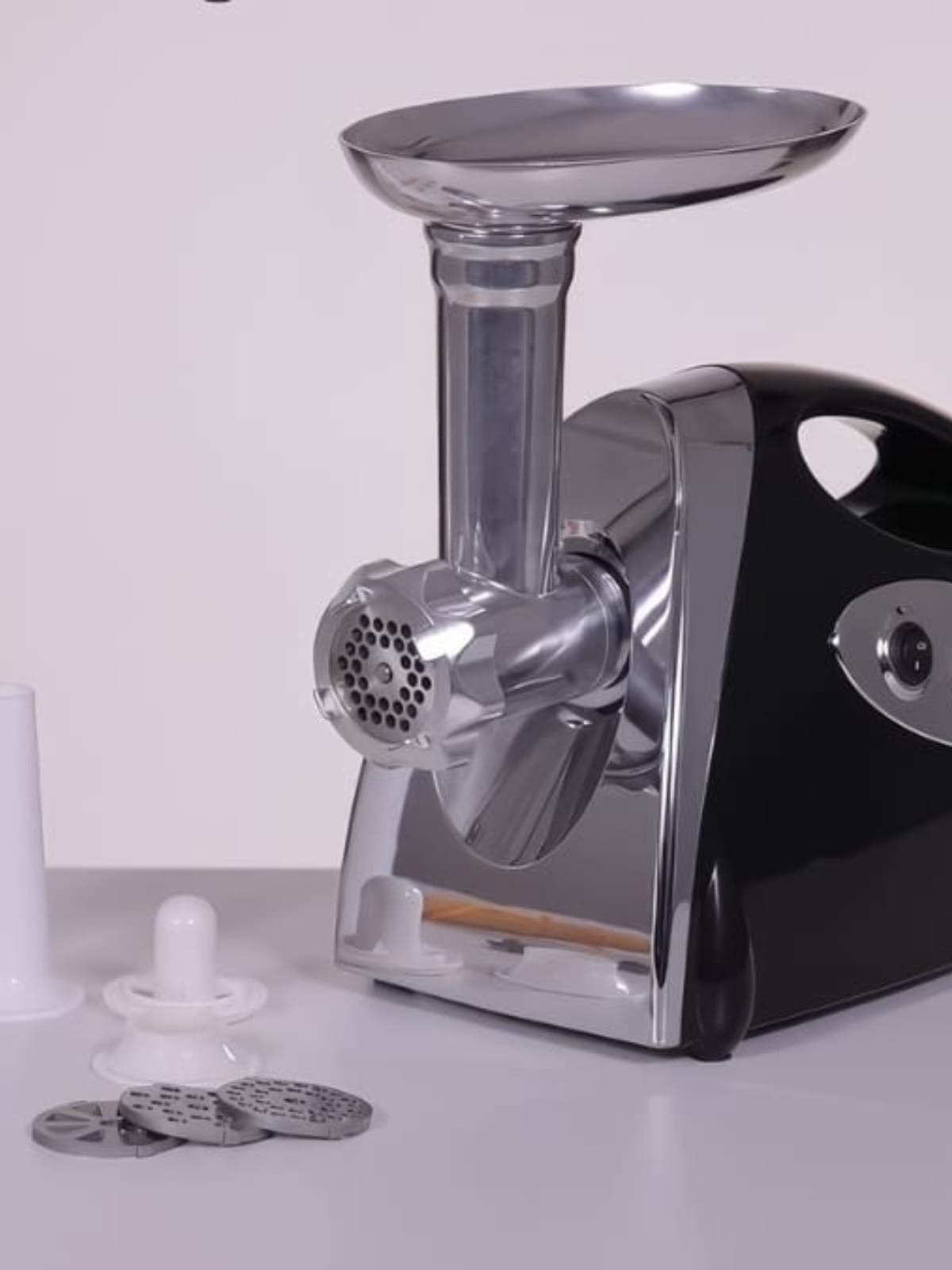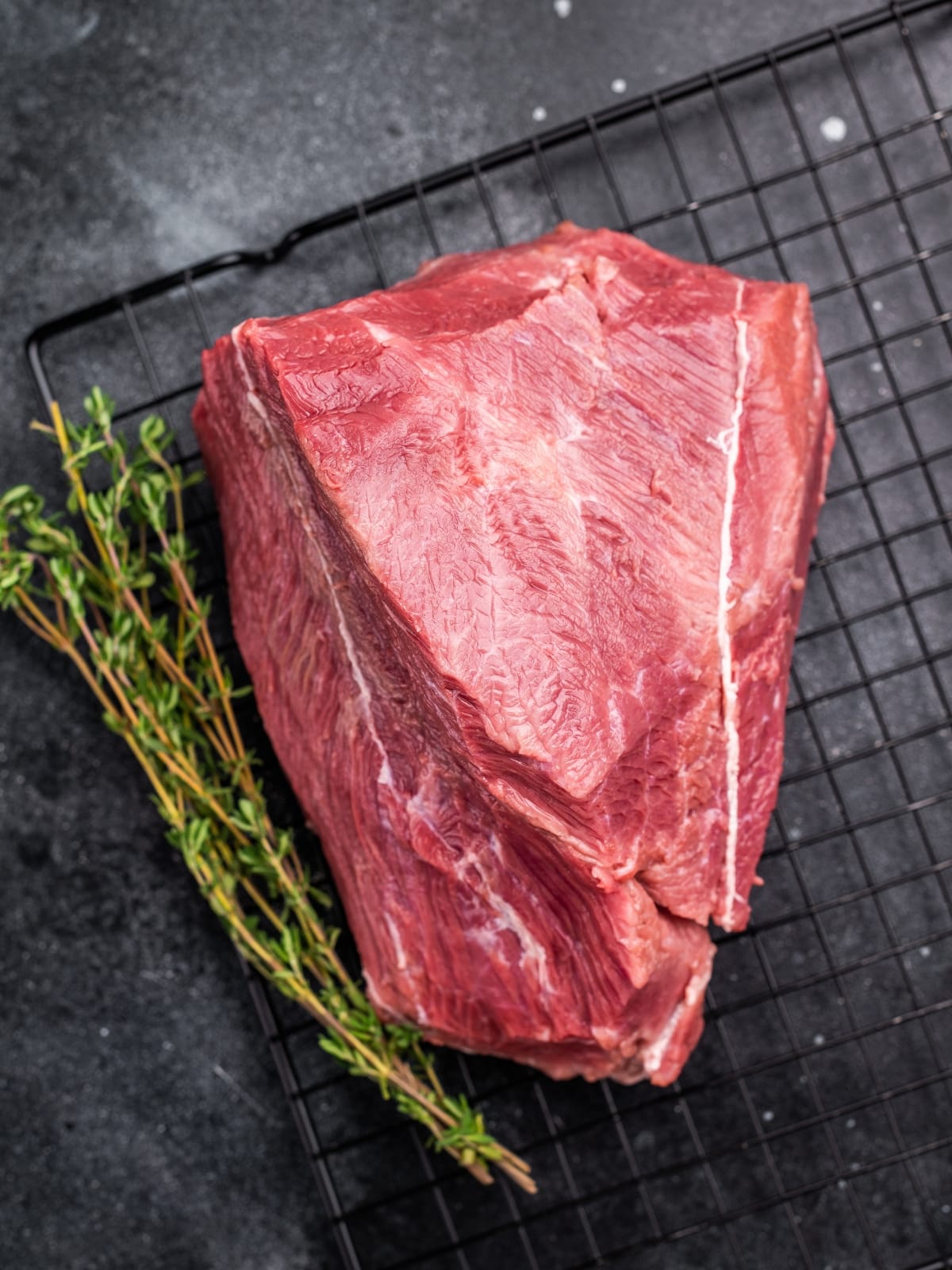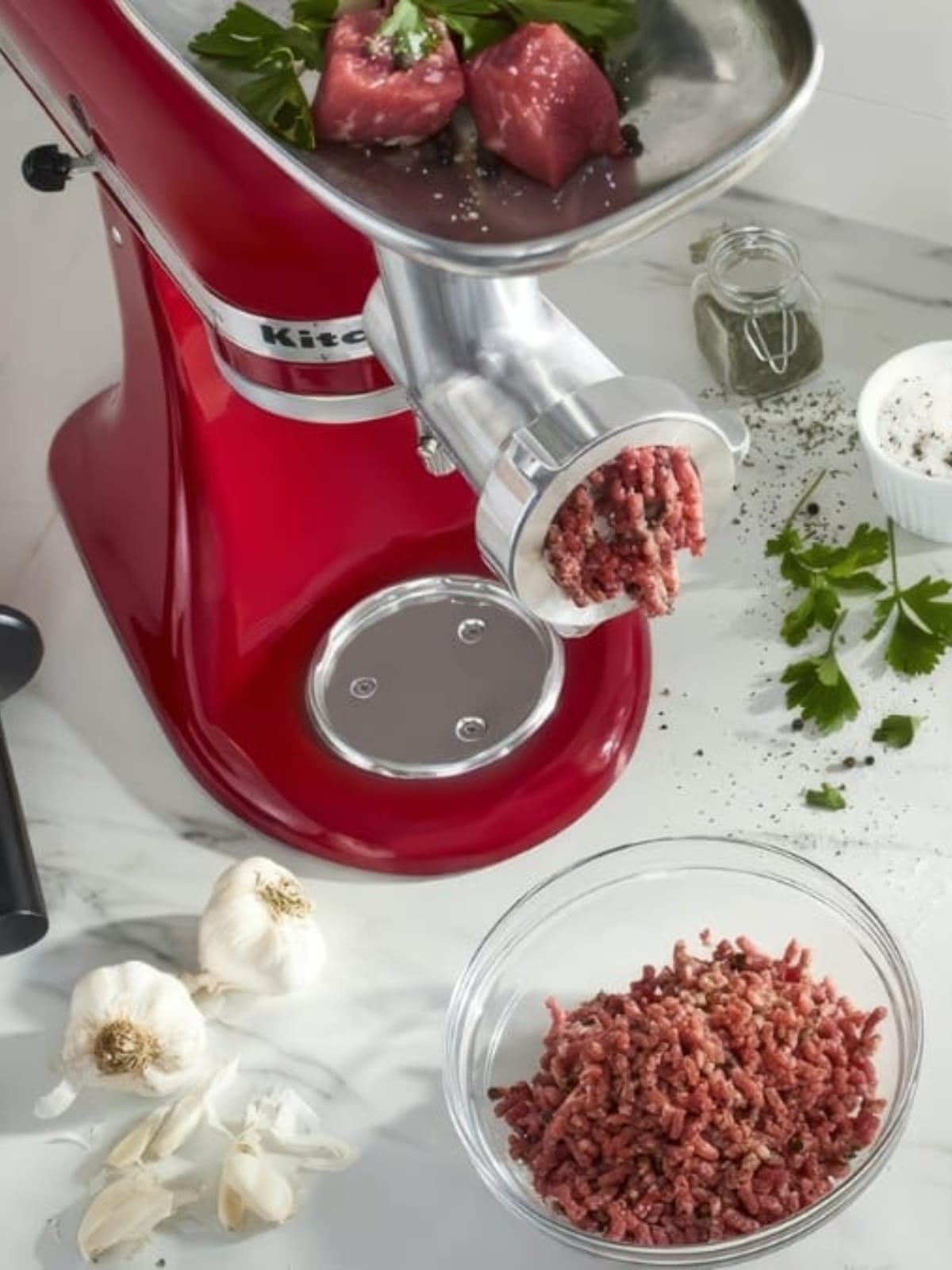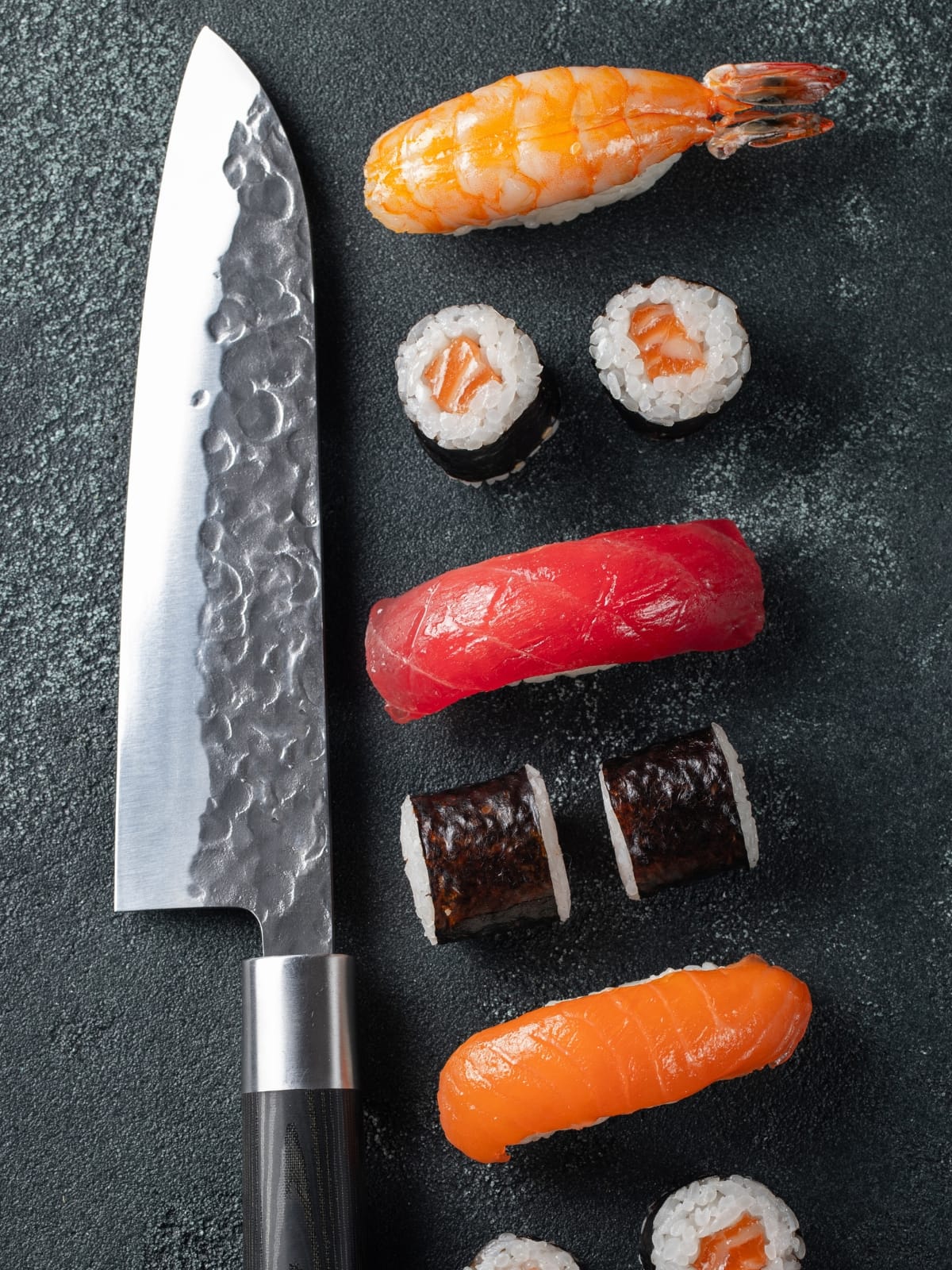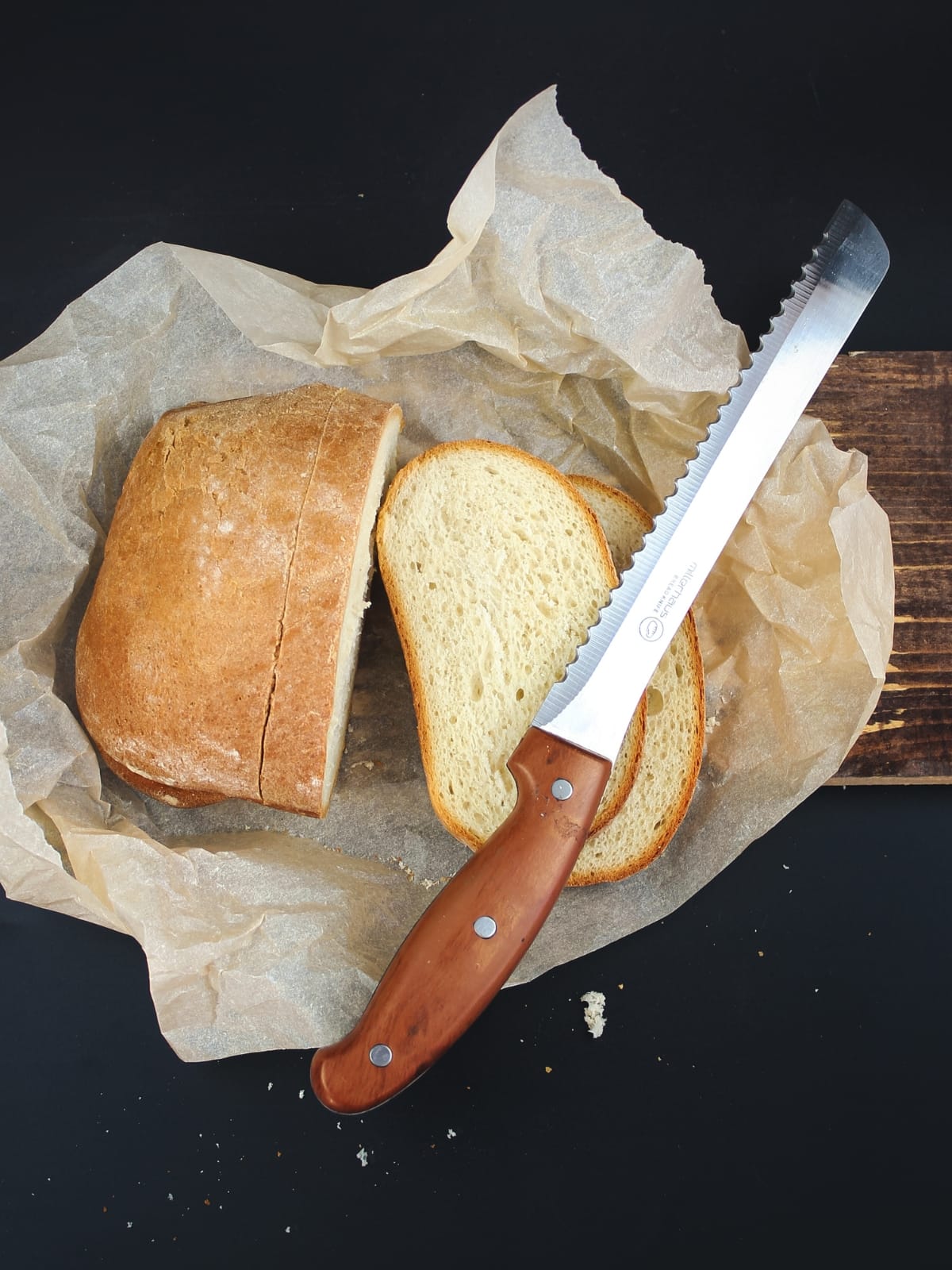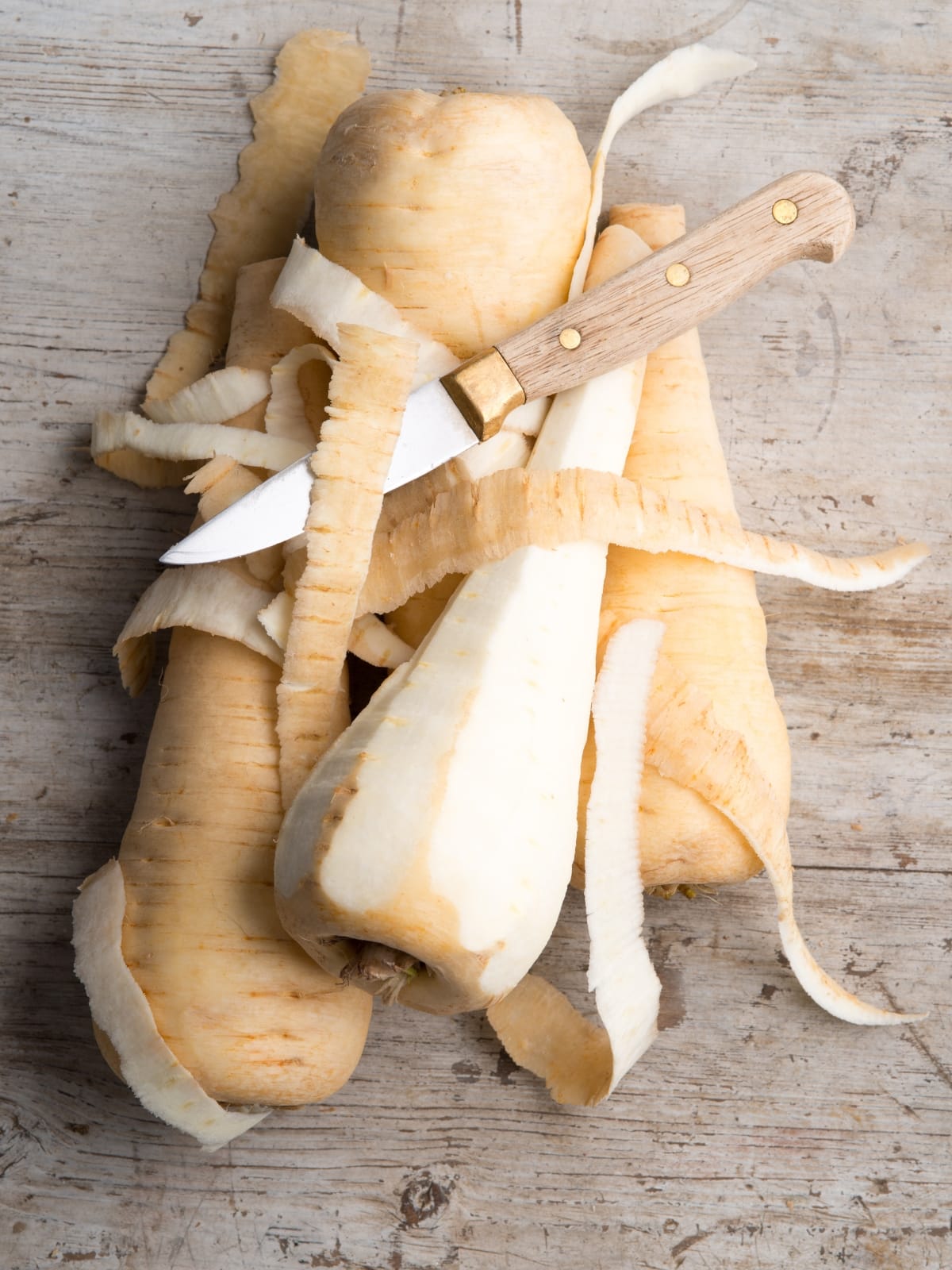A chef’s knife is the cornerstone of any kitchen cutlery collection, serving as the most versatile and essential tool for both professional chefs and home cooks. This comprehensive guide explores everything you need to know about chef’s knives, from their unique design features to proper care and usage techniques. Whether you’re a culinary novice or a seasoned pro, understanding the ins and outs of this indispensable kitchen implement will elevate your cooking game to new heights.
The Chef’s Knife: Your Kitchen’s MVP
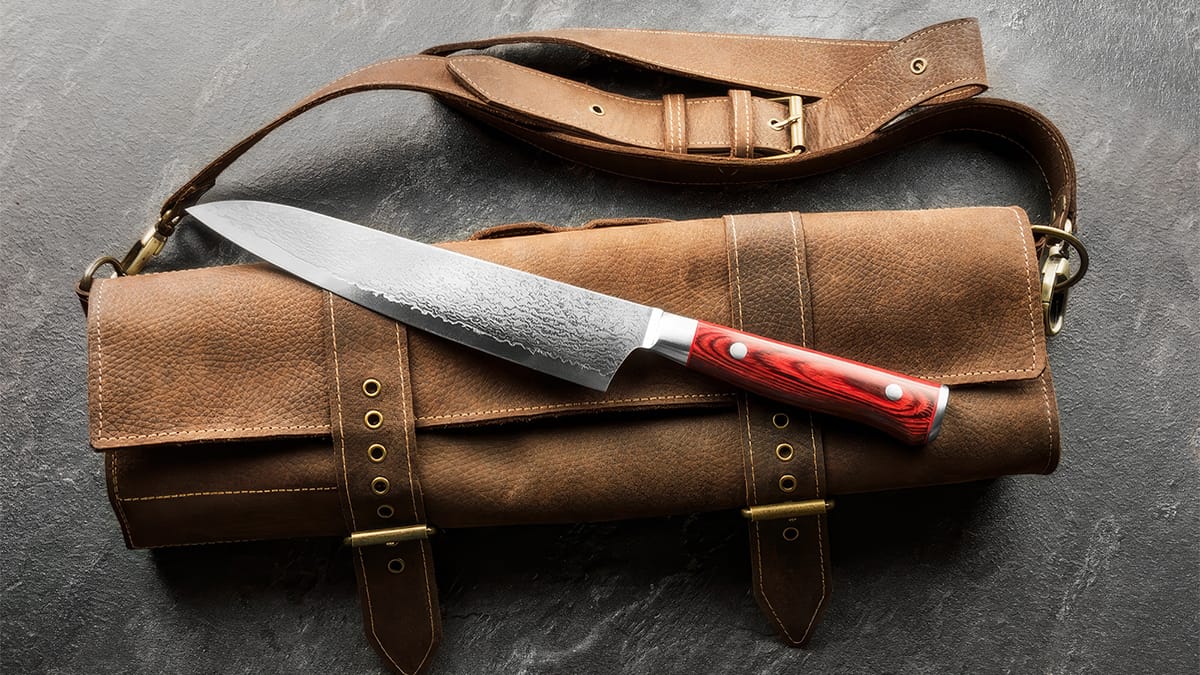
A chef’s knife, often referred to as a cook’s knife, is the workhorse of the kitchen. Its versatility makes it suitable for a wide range of tasks, from chopping vegetables to slicing meat and even crushing garlic. But what exactly sets a chef’s knife apart from other kitchen knives?
What Defines a Chef’s Knife?
A chef’s knife is characterized by its distinctive shape and size. Typically, it features a broad, sharp blade that tapers to a point, allowing for a variety of cutting techniques. The blade usually measures between 8 to 12 inches in length, with 8 inches being the most common size for home cooks.
Key features of a chef’s knife include:
- A curved blade edge for rocking motions
- A pointed tip for precision work
- A wide heel for heavy-duty chopping
- A comfortable handle for extended use

| Blade Length | 8-12 inches |
| Blade Width | 1.5-2 inches |
| Handle Length | 4-5 inches |
| Total Weight | 7-10 ounces |
While chef’s knives have their typical dimensions, it’s important to note that kitchen knives come in various sizes. For a comprehensive guide on the dimensions of different kitchen knives, check out our article on average kitchen knife dimensions. Understanding these measurements can help you choose the right knife for each task in your kitchen.
Chef’s knives are typically made from high-carbon stainless steel, which offers a balance of durability, edge retention, and rust resistance. However, some premium knives may use other materials such as:
- Damascus steel
- Ceramic
- High-carbon steel (non-stainless)
- Titanium alloys
“Keep your knife sharp. A sharp knife is safer than a dull one because it requires less force to cut through food.” – Gordon Ramsay
Types of Chef’s Knives
Chef’s knives come in various styles, each with its own unique characteristics. The two main categories are Western-style and Japanese-style chef’s knives.
Western-style Chef’s Knives
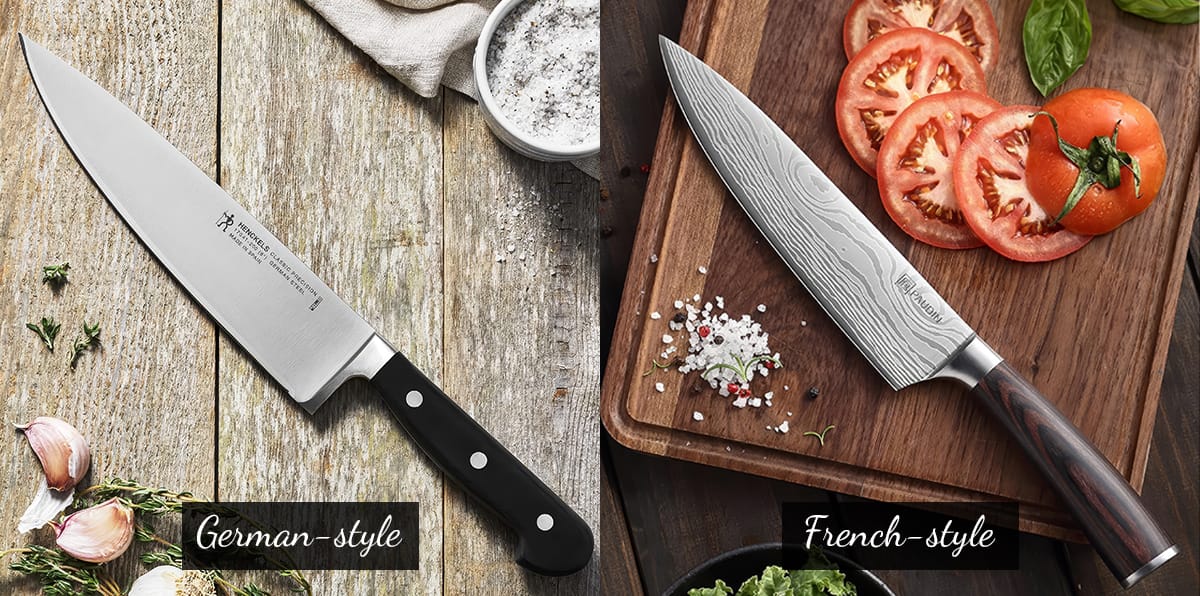
Western-style chef’s knives are further divided into two main subcategories:
- German-style chef’s knives:
- Characterized by a more pronounced curve in the blade
- Heavier and thicker blade
- Typically have a bolster
- Ideal for rocking motions and heavy-duty tasks
- French-style chef’s knives:
- Straighter blade with a more subtle curve
- Lighter and thinner than German knives
- Often lack a full bolster
- Excellent for slicing and precision cuts
Japanese-style Chef’s Knives
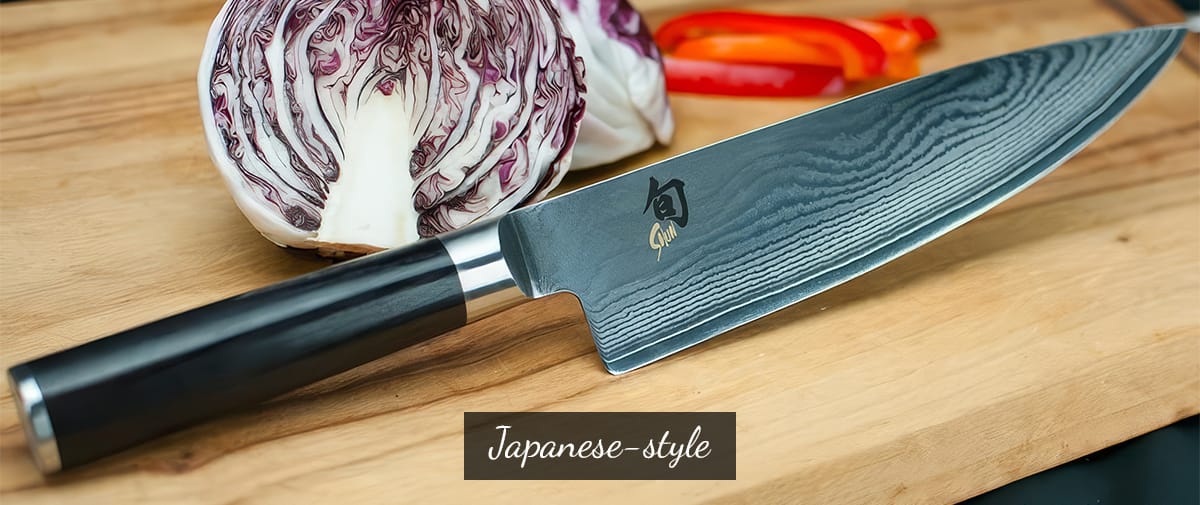
Japanese chef’s knives, known as Gyuto knives, have gained popularity in Western kitchens due to their precision and sharpness.
Characteristics of Gyuto knives:
- Thinner and lighter than Western counterparts
- Typically have a straighter edge
- Often made with harder steel, allowing for a sharper edge
- May have a single bevel (chisel grind) or double bevel
Regional variations of Japanese chef’s knives include:
- Santoku: A shorter, all-purpose knife with a flatter profile
- Kiritsuke: A hybrid of chef’s and slicing knives with a distinctive angled tip
- Bunka: Similar to a Santoku but with a reverse tanto tip
For a more comprehensive look at different types of kitchen knives and their uses, check out our guide to various kitchen knife types.
Chef’s Knife vs. Santoku
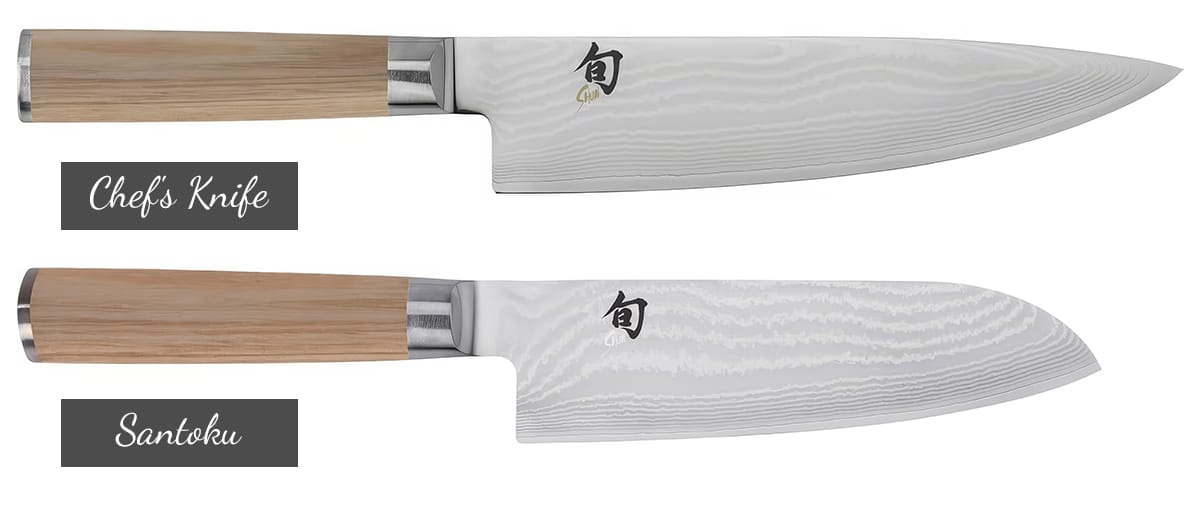
While both chef’s knives and Santoku knives are versatile kitchen tools, they have distinct differences that affect their performance and suitability for various tasks.
| Feature | Chef’s Knife | Santoku |
|---|---|---|
| Blade shape and length | Curved blade, typically 8-12 inches long | Flatter blade with a slight curve, usually 5-7 inches long |
| Edge angle and bevel | Usually double-beveled with a 20-22 degree angle per side | Often single-beveled or with a steeper angle (10-15 degrees per side) |
| Weight Distribution | Balance point near the bolster for rocking motions | More forward-balanced for up-and-down chopping |
Both knives excel in different areas:
Chef’s knife strengths:
- Rocking motions for herbs and fine chopping
- Slicing large cuts of meat
- Versatility across a wide range of tasks
Santoku strengths:
- Precise up-and-down chopping
- Thin slicing of vegetables and boneless meats
- Creating uniform cuts with its flat blade
When choosing between a chef’s knife and a Santoku, consider your cooking style and the types of ingredients you frequently work with. Many home cooks find it beneficial to have both in their kitchen arsenal.
Essential Uses of a Chef’s Knife
A chef’s knife is prized for its versatility. Mastering various cutting techniques will allow you to tackle a wide range of kitchen tasks efficiently.
Basic Cutting Techniques
- Slicing:
- Hold the knife at a slight angle
- Draw the blade through the food in a smooth, forward motion
- Ideal for cutting meats, large vegetables, and fruits
- Dicing:
- Make parallel cuts, then rotate the food 90 degrees
- Cut perpendicular to the first cuts to create cubes
- Perfect for creating uniform pieces of vegetables
- Chopping:
- Use a rocking motion, keeping the tip of the blade on the cutting board
- Move the knife forward and down in a smooth arc
- Efficient for herbs and smaller vegetables
- Mincing:
- Similar to chopping but with faster, more repetitive motions
- Keep the tip of the knife on the board and rock the blade back and forth rapidly
- Ideal for creating very fine pieces of herbs or garlic
“Learn to use the whole length of the blade. Many home cooks only use the middle section, which is inefficient.” – Thomas Keller
Specialized Techniques
- Rock chopping:
- Place the tip of the knife on the cutting board
- Use a rocking motion to chop, keeping the tip in contact with the board
- Excellent for herbs and creating fine, even cuts
- Tap chopping:
- Hold the knife parallel to the cutting board
- Use quick, light taps to chop food into small pieces
- Useful for nuts, chocolate, and other hard ingredients
- Cross chopping:
- Make parallel cuts, then rotate the cutting board 90 degrees
- Cut perpendicular to the first cuts, creating a crosshatch pattern
- Ideal for achieving very fine, even cuts of herbs or vegetables
Investment and Value Considerations
When considering a chef’s knife, it’s important to view it as an investment in your culinary journey. Here’s what you need to know about pricing and value:
Price ranges
- Entry-level: $20-$50
- Mid-range: $50-$150
- High-end: $150-$500+
Long-term value
A well-made chef’s knife can last for decades with proper care. Consider the following factors when assessing long-term value:
- Material quality: High-carbon stainless steel offers a good balance of durability and edge retention.
- Construction: Full-tang knives (where the blade extends through the handle) are generally more durable.
- Brand reputation: Established brands often offer better warranties and customer service.
- Comfort: A knife that feels comfortable in your hand will encourage more frequent use and better technique.
When to replace your chef’s knife
While a good chef’s knife can last a lifetime, there are situations where replacement might be necessary:
- When the blade becomes too thin from repeated sharpening
- If the handle becomes loose or damaged
- When the cost of professional repair exceeds the value of the knife
- If you find that your current knife no longer suits your needs or cooking style
Remember, a high-quality chef’s knife is an investment in your cooking skills and enjoyment. As celebrity chef Anthony Bourdain once said, “As a starter knife, I’d recommend a good-quality 8-inch chef’s knife. It’s the most versatile tool in the kitchen.”
Conclusion
A chef’s knife is truly the MVP of the kitchen, capable of handling a wide range of tasks with precision and efficiency. By understanding what defines a chef’s knife, its various types, and how it compares to other knives like the Santoku, you can make an informed decision about which knife best suits your needs.
Remember that mastering the use of a chef’s knife takes practice. Start with basic cutting techniques and gradually work your way up to more advanced skills. Invest in a knife that feels comfortable in your hand and fits your budget, but don’t skimp on quality.

